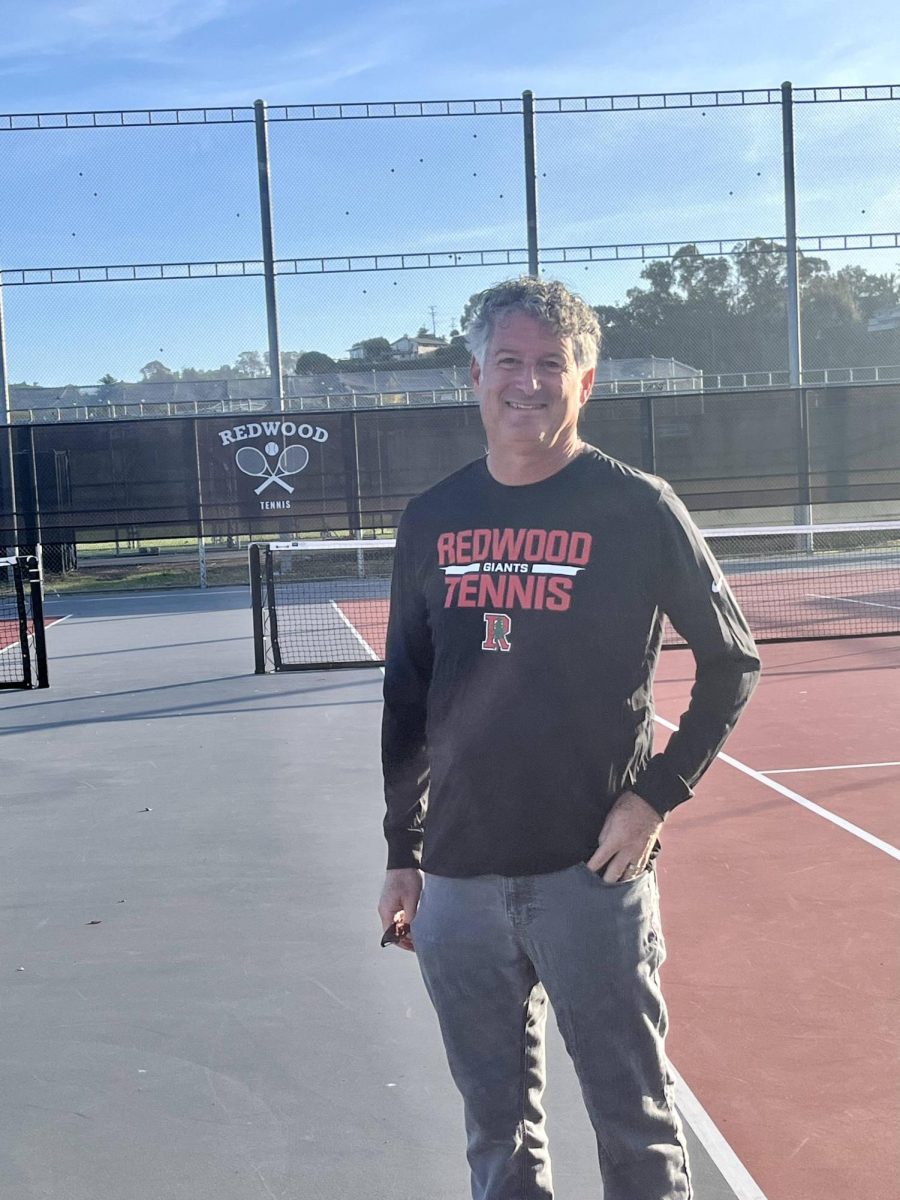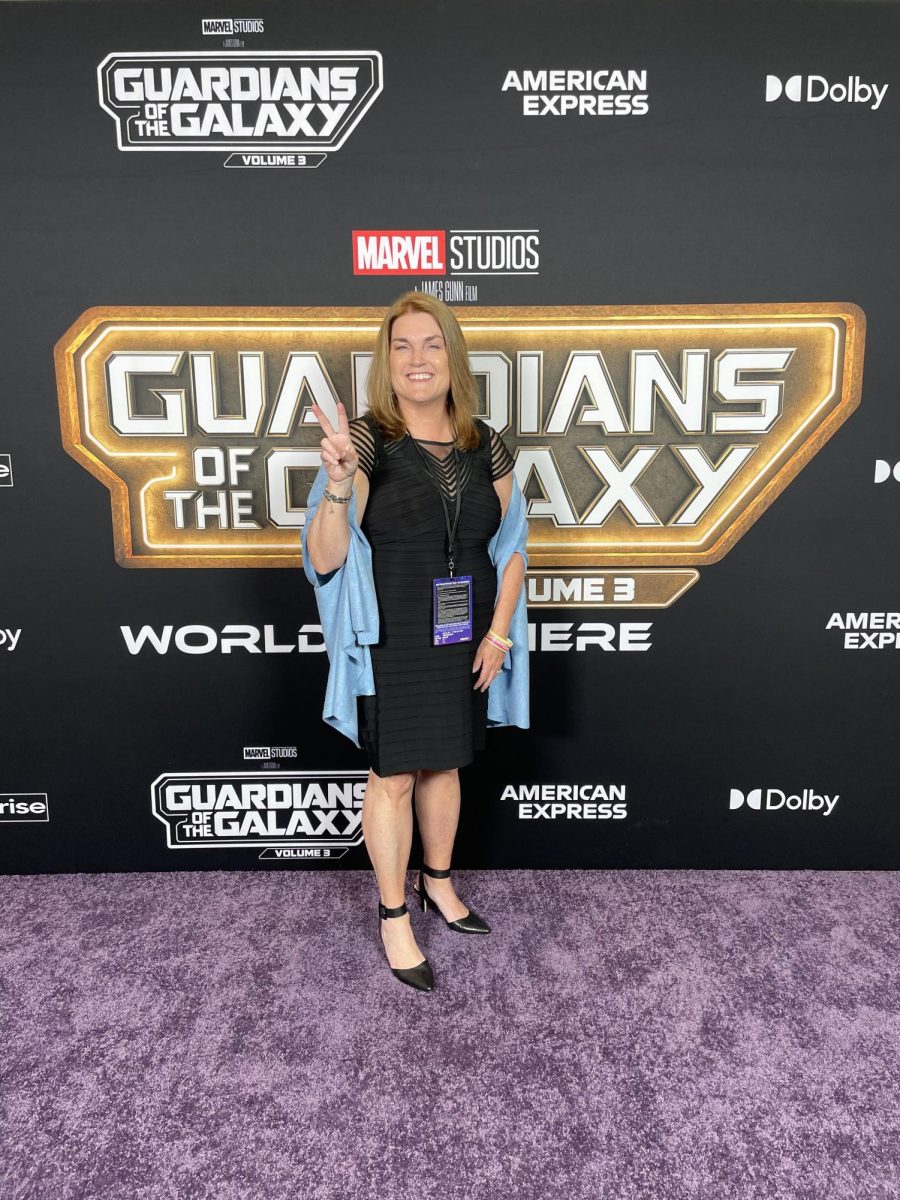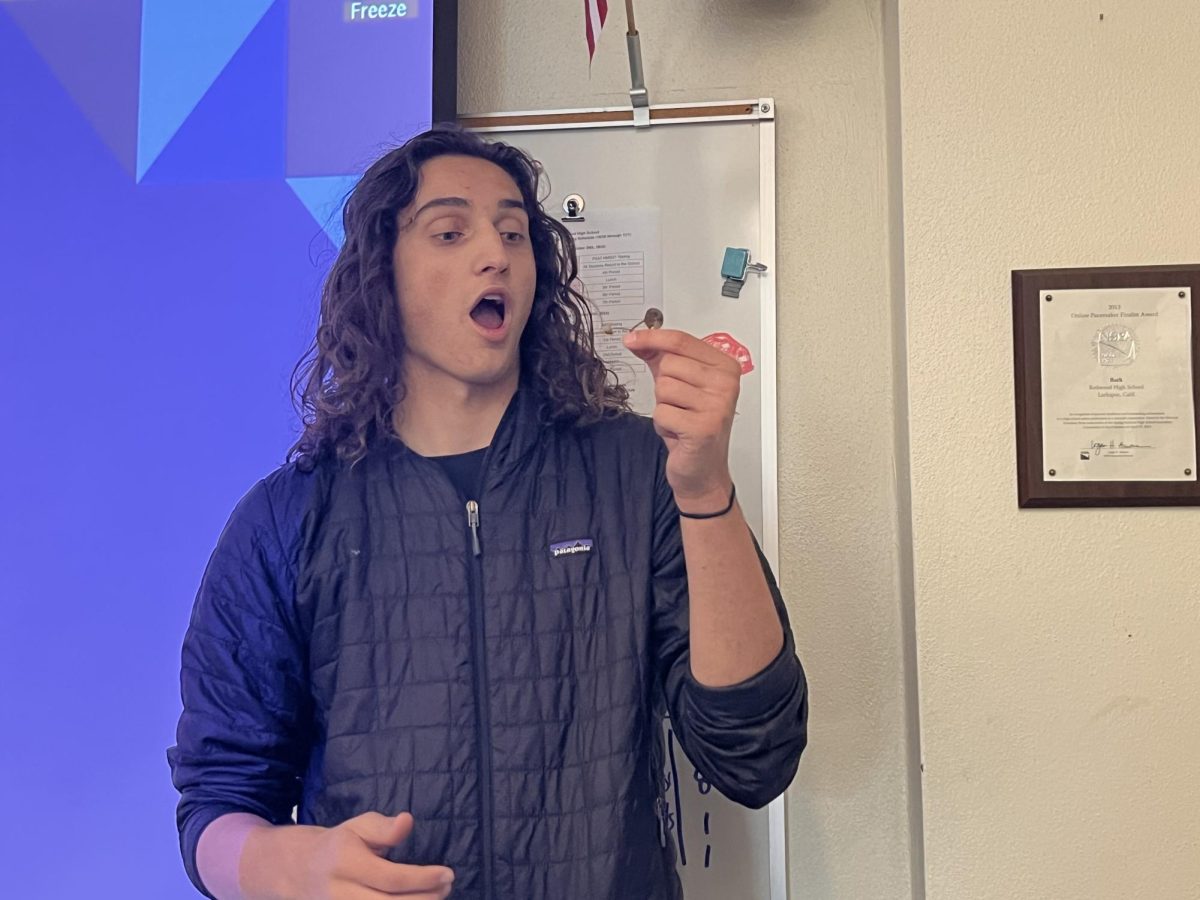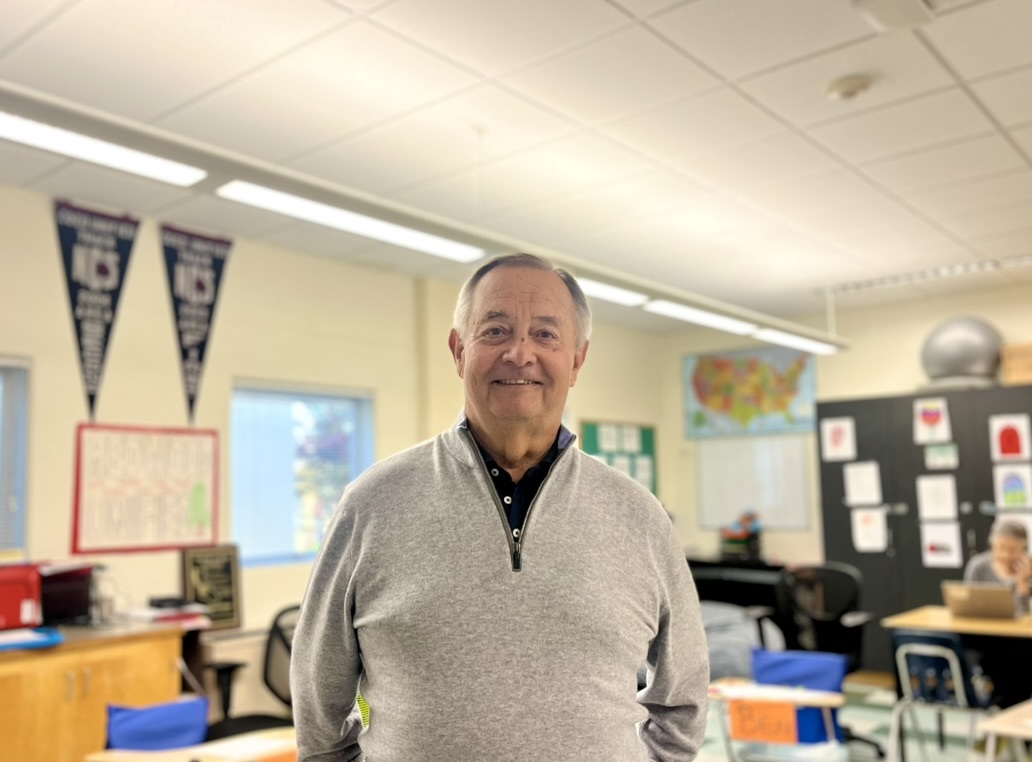Black dots interrupting one’s vision along with dizziness and nausea serve as a crescendo to the headache. Then, like the climax of a symphony, a cacophony of throbbing and severe pain suddenly starts on one side of the brain and can continue for hours or even days.
Migraines affect more than 10 percent of people in the United States and are three times more common in women than in men, according to the Migraine Research Foundation.
Junior Emily Todd began suffering from severe migraines about a year ago. After enduring pain for two weeks, Todd underwent multiple blood tests and a MRI scan that resulted in the diagnosis of Daily Chronic Migraine syndrome, meaning that her migraines can last weeks instead of the average time span of a few hours.

“They just started coming more often and getting more intense and eventually [it] got to the point where I would continuously have a migraine and there was no break,” Todd said. “At one point, I had a migraine that lasted a month.”
Both chronic and normal migraines consist of an excruciating headache that has the sensation of a throbbing buildup of pressure on one side of the head, and symptoms include an aura, which is when one sees flashing lights, nausea, loss of appetite, dizziness, moodiness and increased light sensitivity, according to the Migraine Research Foundation.
“Sometimes they make me nauseous and my appetite goes away and I get dizzy. There was one time when I fainted,” Todd said. “The best thing for me to do is just lay in bed with all the lights off and not do anything.”
By the end of her sophomore year, Todd had missed more than 30 days of school due to migraines that occurred at least once a week.
“In the beginning, I don’t think many people took it seriously and they didn’t understand the extent of pain I was in,” Todd said.
Eventually, Todd was missing so much school that she entered an independent study program through Redwood for her junior year. In this program, she is given assignments from teachers and completes them at home; then she meets with teachers once a week to discuss what confused her and review the material.
“I was missing so much school that I just couldn’t catch up,” Todd said. “Dealing with life while being in pain is really hard.”
Like Todd, junior Celia Tobin suffered from biweekly migraines for four years. Tobin’s began in sixth grade and finally stopped occurring last year.
“I would get an aura, which are the flashing lights, start throwing up, and [get] a really bad pounding headache,” Tobin said. “They could last for a couple hours or up to a few days.”
Due to her frequent migraines, Tobin attended Tamiscal her freshman year, but transferred back to Redwood once her migraines stopped. She now takes a mix of modified and normal classes.
Todd and Tobin each mentioned that doctors have speculated their migraines are credited to a hormonal shift that happens during puberty. Tobin’s migraines most likely ended after four years because her body finished going through puberty and her hormone levels evened out.
“Migraines are extremely difficult to diagnose and pinpoint what’s causing them,” Todd said. “The doctors are hoping that it’s hormonal, and once I exit puberty they will go away.”
Part of the problem with chronic migraines is there is not treatment for them. For now, Todd attempts to avoid the onset of migraines by getting a good night’s sleep, taking vitamins, and staying hydrated, but she said it can be hard to remember to do all three.
“Occasionally if I forget one thing or another then it’s not too bad,” Todd said. “But if they begin to build up on each other, it’s just all those things accumulating, and in the end it’s like a dam burst.”
Both girls said that their migraines have affected their social lives.
“It’s extremely frustrating because I take a week off of school just laying in bed doing nothing,” Todd said. “Then the weekend comes, and I’m dying to go out and have a good time and see friends. But I know if I do, I’ll just end up in more pain, so I can’t really win either way.”
Tobin added that switching to Tamiscal also presented social challenges.
“I drifted away from friends,” Tobin said. “Some I got back in touch with, and some I never did. Classes were small [at Tamiscal], and not seeing people regularly made it hard to make friends.”





